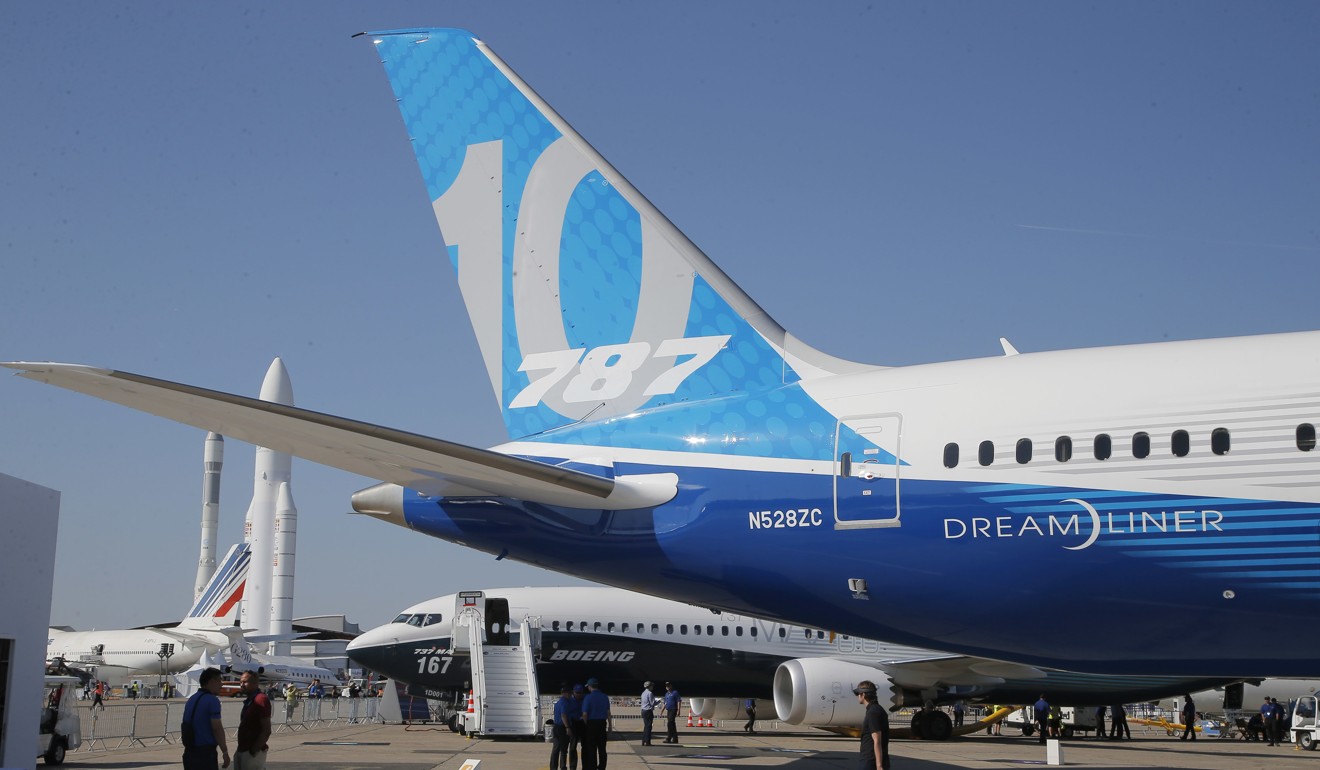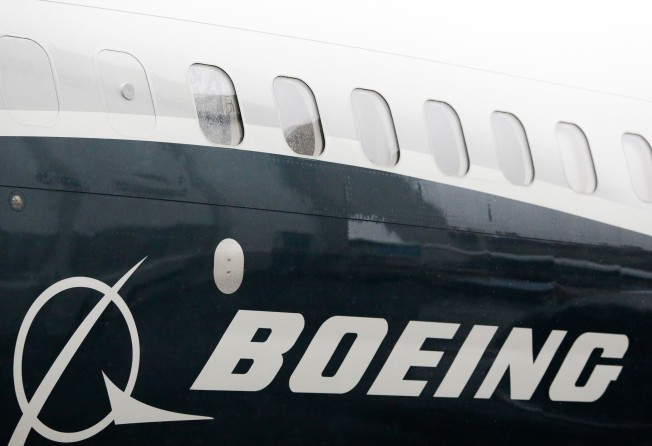
US and China forge deal for mutual recognition of aircraft safety approvals

The US and China agreed to recognise the other’s aircraft safety approvals, which may boost the Asian nation’s aviation industry and make it easier for companies like Boeing to sell products there.
The US-China Bilateral Aviation Safety Agreement was announced on Friday, before President Donald Trump is set to travel to China. Trump will travel to China November 8-10 on a trade mission with representatives from about 40 companies, with executives from Boeing among those tentatively approved to be part of the trip.

Each nation will move toward automatic approvals of aircraft designs, manufacturing and equipment, the Federal Aviation Administration said in a press release. It’s similar to agreements between the US and Canada, and the US and Europe, which have mature aircraft manufacturing industries.
The aviation agreement is part of an effort between the two nations that dates to 2005. Since then, China has consulted extensively with the FAA and adopted much of the US system of aviation regulation. Under the agreement, the FAA and the Civil Aviation Administration of China will recognise the other’s regulatory systems for aircraft and parts.

The significance of the agreement is more symbolic than concrete as the two nations have been increasingly cooperative on aviation issues for years, yet it is a significant way for US companies to maintain a toehold in one the world’s largest aircraft markets, said Richard Aboulafia, an industry analyst with the Teal Group Corp.
“This is diplomatically important,” Aboulafia said. “It shows that the US takes China’s aviation industry seriously and that it regards their civil aviation officials as reliable partners.”
China went from being an insignificant buyer of airliners in the early 2000s to the world’s largest in 2015, he said. The country lost the lead last year, but is expected to remain one of the biggest aircraft markets for decades.
The agreement may also help speed international approvals for the first Chinese aircraft designed to compete against single-aisle planes made by Boeing and Airbus SE.
State-owned Commercial Aircraft Corp of China, or Comac, tested its C919 jet in May. The company has orders for 730 planes pending certification from regulators. It’s designed to seat as many as 174 people.
In July, the company won approval to start mass production of a separate, 90-seat regional jet, the ARJ21.
Not only has China seen a rapid growth in its airline and aircraft manufacturing sectors, but it has also had a marked improvement in safety.
Nevertheless, Comac is having difficulty marketing its aircraft in North America, Europe and elsewhere because the performance of the plane is not competitive with existing models, Aboulafia said.